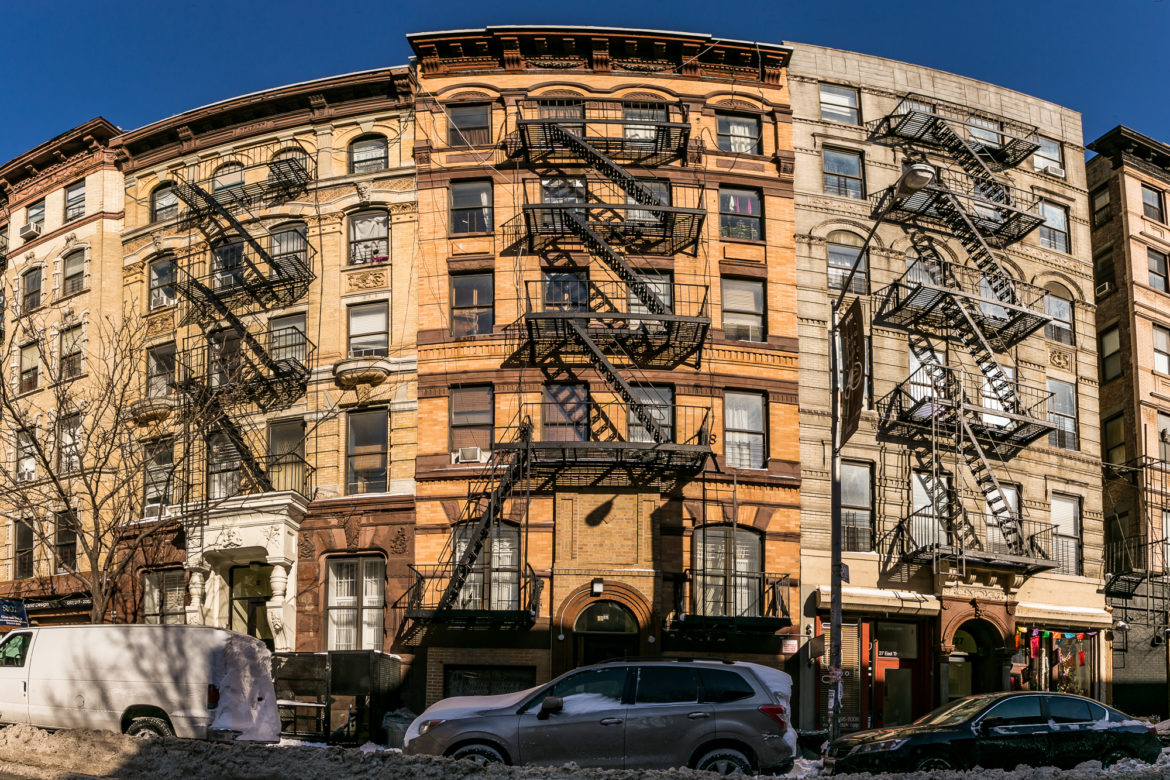
The Rise of Community Land Trusts: A Model for Affordable Housing
Affordable housing is the talk of the town. As cities grow bigger and living spaces become pricier, finding a decent place to live without breaking the bank seems almost like a dream. It doesn’t have to be. There’s a movement on the rise, one that promises a sprinkle of hope in the tough world of real estate. Enter the Community Land Trusts (CLTs) – shining as a beacon in the affordable housing scene.
What Is a Community Land Trust?
Imagine living in a place where you own your home but not the land it’s on. Sound intriguing? This is the basic concept behind a community land trust. It’s a nonprofit organization that owns and stewards land permanently for the good of the community, providing secure, affordable access to land and housing for community members.
CLTs keep housing affordable for future residents by controlling the price at which homes can be sold. They do this through a ground lease, which is a long-term lease agreement – often for 99 years – and it keeps the land ownership within the trust. Homeowners own their buildings, can pass on their homes to their kids, but when it comes to selling, they share the increased value of the property with the trust. This ensures the home stays affordable for the next folks moving in.
A Brief History
The CLT model isn’t brand spanking new. It traces its roots back to the civil rights era, starting with the first land trust in Georgia, USA, founded by civil rights leaders who were after racial justice and economic equity. The idea was simple yet powerful – use land as a way to empower communities and fend off the pressures of a market-driven economy.
Why Are CLTs Important Today?
Fast forward to today, and CLTs are more relevant than ever. Here’s why:
First, they provide affordable housing. As prices of homes skyrocket, CLTs ensure that lower-income folks have a shot at homeownership. This isn’t just any home; these are quality houses that people can take pride in.
Second, they keep communities together. When the cost of living climbs, original residents may have to move away in search of something more affordable. CLTs help people stay put, keeping the neighborhood diverse and vibrant.
Third, they offer long-term stability. When you’re not constantly worried about rent hikes or being kicked out, you can start planting some real roots in your community and making a difference.
The Growing Movement
From small beginnings, the CLT movement is picking up the pace. There are over 225 CLTs across the United States and more popping up around the world. From small towns to buzzing metropolises, they’re showing that affordable housing isn’t just a fantasy.
But what’s driving this growth? Simple – success. CLTs have a track record of producing lasting affordable housing. During the Great Recession, they proved their worth by having much lower foreclosure rates compared to traditional homeownership. People noticed. More and more communities are now looking at CLTs as a way to create and maintain affordable living spaces.
Success Stories
Need some real-life inspo? Take a look at Dudley Street Neighborhood Initiative in Boston. They’ve turned neglected lots into a thriving, diverse area with affordable homes, parks, and gardens—all managed by the community.
Then there’s the Champlain Housing Trust in Burlington, Vermont, the largest CLT in the country. It’s been a game-changer, offering affordable rentals, cooperative housing, and homebuyer education, ensuring that thousands of residents can afford a decent life.
Challenges and Solutions
It’s not all sunshine and roses, though. CLTs face their own share of hurdles. One biggie is funding. Buying land ain’t cheap, and even though CLTs operate as nonprofits, they still need the dough to make it happen.
But there’s a silver lining. Through creative partnerships and funding like grants, donations, and government programs, CLTs are finding ways to make ends meet. Plus, once the land is in the trust, it’s secure for generations to come.
Another challenge is awareness. Not a lot of people know CLTs exist or how they work. Spreading the word and educating communities is key to growing the movement. People need to see CLTs not as charity, but as a smart, dignified way to secure affordable housing.
The Power of Community
What’s truly special about CLTs is the community aspect. These trusts aren’t faceless corporations; they’re run by the very people who live in the homes they provide. Residents often serve on the board of the CLT alongside local stakeholders, making sure that the community’s best interests are always at heart.
Looking to the Future
The rise of community land trusts is a clear sign. People are yearning for an equitable solution to the housing crisis. As we face this challenge head-on, CLTs stand out as a shining example of what we can achieve when we work together for the greater good.
So, the next time you hear someone say affordable housing can’t be done, tell them about community land trusts. Tell them about the people taking control of their land and their futures. Tell them about the power of community.
Community land trusts are more than just a model for housing; they’re a model for hope, proving we can build a future where everyone has a fair shot at a place to call home.